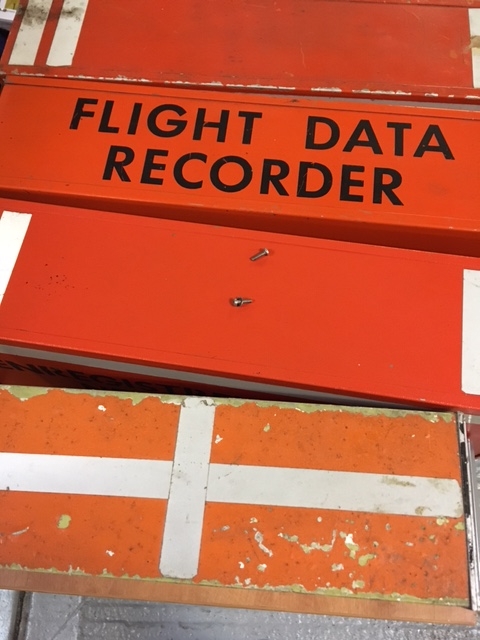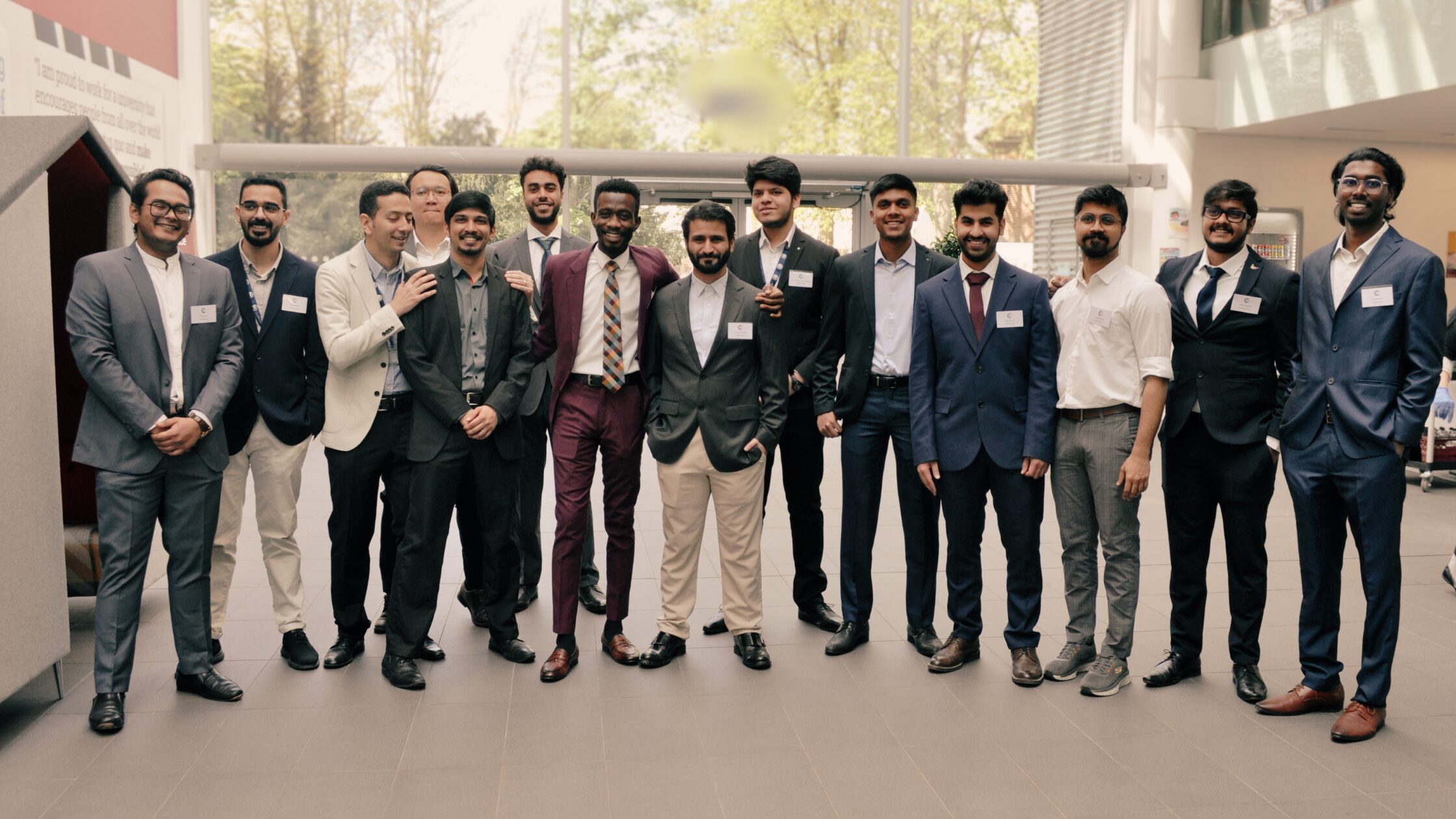Behind closed doors – what really happens in the Accident Investigation Lab?
26/01/2017

On a cold foggy January day about 60 Cranfield staff gathered for three visits to our Accident Investigation Lab. This was part of our new open doors staff tours initiative designed to allow university staff to see and hear about what goes on inside some of our facilities. The lab supports the work of the Safety and Accident Investigation Centre and is unique outside the US. It allows accident investigators to gain hands-on experience of dealing with real evidence, from a whole train carriage to smaller pieces of wreckage. Everything inside the lab was involved in a real accident, and for that reason, there are no photos of the wreckages to accompany this piece.
The lab can be found in an innocuous looking industrial building that I had never seen before on the outskirts of the campus. Outside there are the larger bits including a train carriage, a couple of boats and a Puma helicopter. I was surprised to see the train and the boats as I had not actually realised that our accident investigation work covers marine and rail, as well as air. Dr Matthew Greaves, Senior Lecturer in Accident Investigation and head of the Centre, was a very engaging and interesting speaker, and I found his insights into the world of human factors and safety investigation fascinating. The goal is not to assign blame, but to establish not only what happened, but why– what complex series of interacting factors led to the accident, so that steps can be taken to ensure that it won’t happen again.
It was sobering to think that people had lost their lives in many of the wreckages that we saw. Matthew gave us a flavour of the job of the accident investigator, who has to work quickly to piece together the complex series of events that lead to any accident. It costs £3,000 a minute to close the West Coast Mainline, and millions are lost when a runway is closed, so the perishable evidence, such as tracks in the ground and eye witness memories (although these are often unreliable), have to be captured quickly before wreckages can be removed and examined further.
We learnt that over the years the industry has fixed the simple stuff, like wings falling off aircraft, so that nowadays accidents are much more complex and are hardly ever the result of just one failure, but rather a series of failures such as human error, and in the checks and balances of the systems. He mentioned the ‘Swiss cheese model’: accidents happen when a series of unfortunate incidents all occur at the same time – the holes ‘line up’ and an accident gets through. Due to the work of accident investigators the statistic is one hull loss per 10 million flights – you are far more likely to come to harm on your journey to and from the airport than during the actual flight itself.
And did you know that a black box recorder is actually orange and covered in reflective strips? It makes sense as it makes it easier for it to be spotted underwater or in the dark. Once they are submerged in water they emit signals (‘pings’) for 30 days before the battery dies, so there is a race to track it down as soon as possible. Newer versions will signal for 90 days. The voice recorder itself can be misleading though, as what a person is saying is often not what they are thinking. There is now a move towards including image recorders too, but again, the motives behind actions can often be unclear.
It was great to find out a bit more about what goes on at our university. This tour was very popular and more are being organised, not just of this lab but of other facilities too, including our Operations Excellence virtual reality suite and our Crash Impact Centre, so keep an eye on the intranet announcements for updates.
Categories & Tags:
Leave a comment on this post:
You might also like…
Systematic Literature Review – combining your search strings
Our previous posts on the systematic review have looked at: Systematic Literature Review – Where do I begin? Systematic Literature Review – Selecting your Sources Systematic Literature Review - Identifying your search terms and constructing ...
Academic writing and being critical
Academic writing is daunting. Capturing all your thoughts and analysis and putting them down onto paper in some sort of understandable fashion is a challenge. Did you know we have resources in our Cranfield Study ...
Bank holiday hours for Library Services: Monday 6 May
Library Services staff will be taking a break on Monday 6 May for the early May bank holiday. You will still be able to access all the resources and help you need via our library ...
Cranfield’s Manufacturing and Materials Students’ Showcase Innovation at Project Day
On 26 April, Cranfield University buzzed with excitement as students from across our Manufacturing and Materials MSc programmes presented their group projects at the annual Group Project Presentation Day. This annual event presents ...
Come to a virtual study session in May
What are virtual study sessions? These are online study sessions facilitated by Library staff, where you can study independently alongside other students via Teams. They are a great way for you to dedicate specific time ...
Getting started on your School of Management thesis
Writing a thesis, business plan, internship project or company project can be a daunting task, and you might have some uncertainty or questions around how to get started. This post will share some ideas and ...






